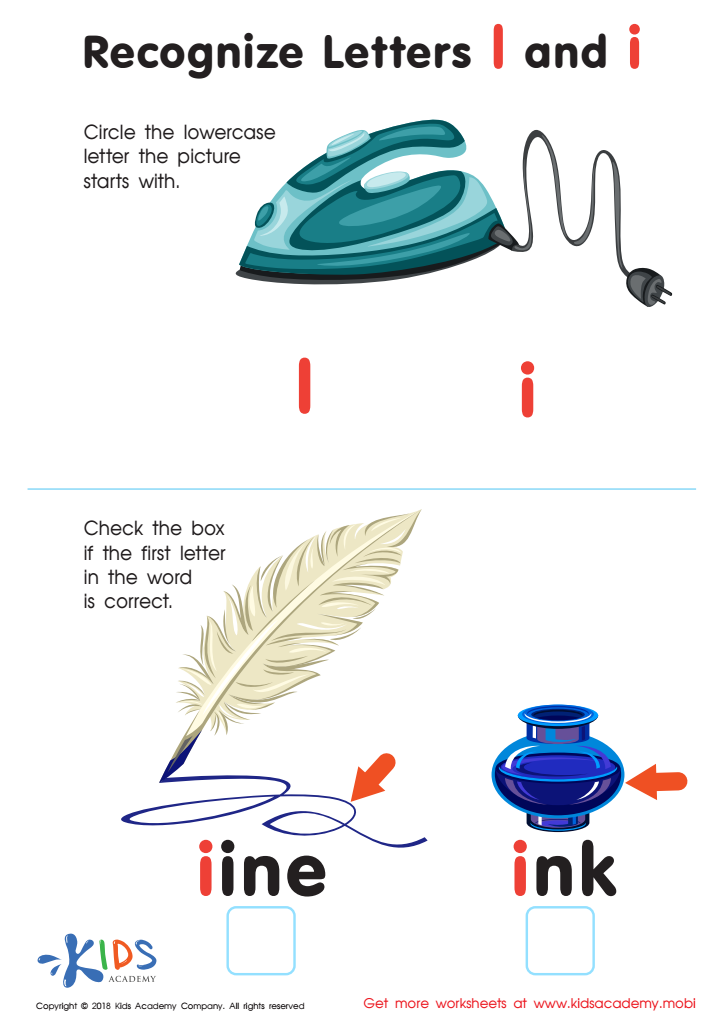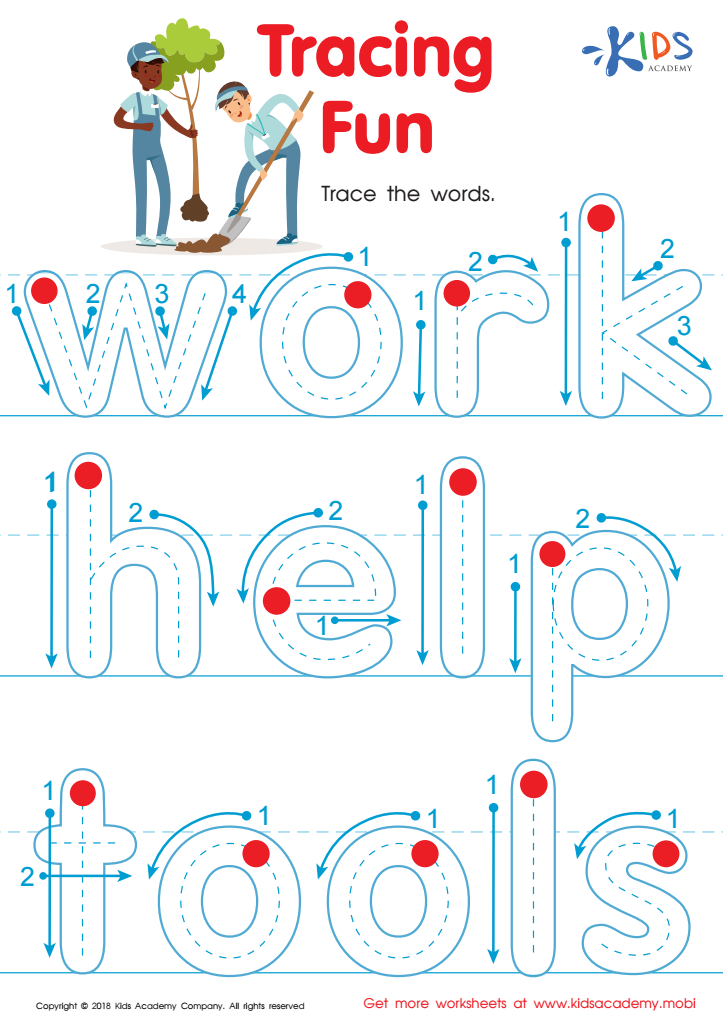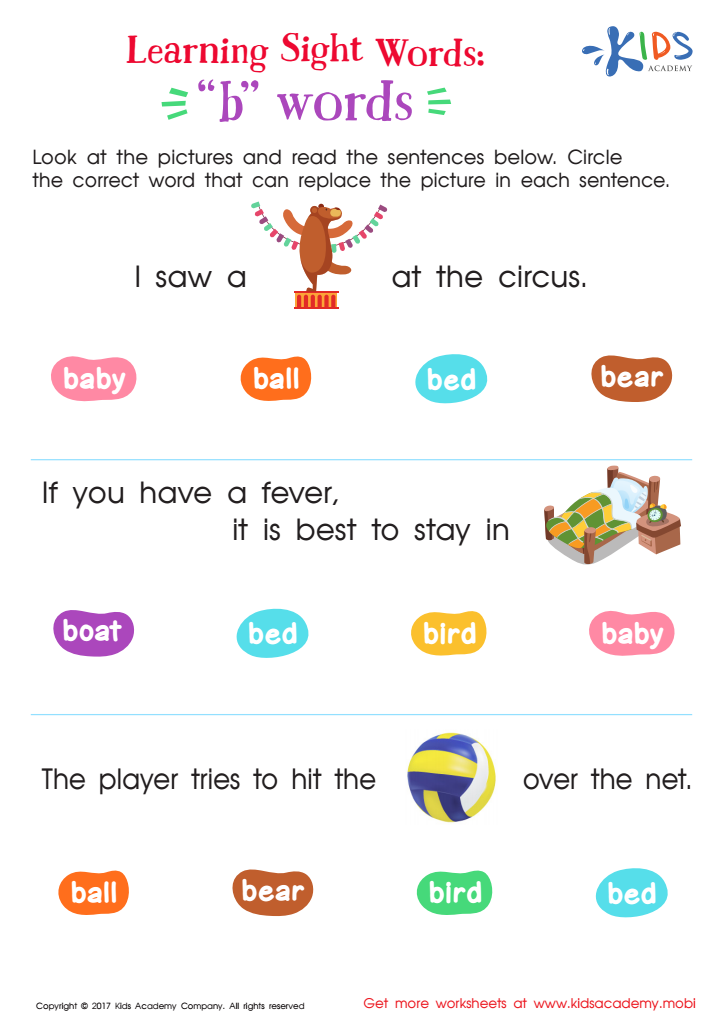Letter recognition Normal Reading Worksheets for Ages 3-6
6 filtered results
-
From - To
Discover our engaging Letter Recognition Worksheets designed for children aged 3-6! These expertly crafted activities focus on helping young learners identify and recognize letters in both uppercase and lowercase forms. Our worksheets incorporate fun illustrations and interactive exercises to promote early literacy skills, making learning enjoyable and effective. With varied levels of complexity, these resources cater to different learning styles and progress, ensuring your child gets the personalized support they need. Perfect for homeschoolers or classroom use, our Letter Recognition Worksheets will lay a solid foundation for reading success. Empower your child's learning journey with these dynamic and essential tools today!


Recognize Letters l and i Worksheet


Long and Short U Worksheet


Tracing Fun Worksheet


Baby, Boat, Bird Worksheet Sight Words Worksheet


Long and Short E Worksheet


"B" Words Printable Sight Words Worksheet
Letter recognition is a fundamental step in early literacy development for children aged 3-6. Parents and teachers should prioritize this skill because it lays the groundwork for a child’s reading and writing abilities. As children recognize letters, they begin to understand that these symbols represent sounds, which is critical for phonemic awareness—the foundation of reading.
Different research studies have shown that early letter recognition correlates with later reading success. When children can confidently identify letters, they are better equipped to decode words and comprehend text. Additionally, recognizing letters helps children develop vocabulary and spelling skills, further enhancing their overall communication abilities.
Supporting letter recognition in young children fosters a love for learning and reading. Engaging activities, such as reading together, playing letter-based games, and using everyday objects to point out letters, can make learning enjoyable and effective.
Moreover, teachers and parents play a crucial role in creating a language-rich environment that encourages exploration and interaction with written texts. By caring about and supporting letter recognition, adults can help set a strong foundation for children’s academic growth and future educational success, ensuring they are prepared for the next stages of literacy.
 Assign to My Students
Assign to My Students

















